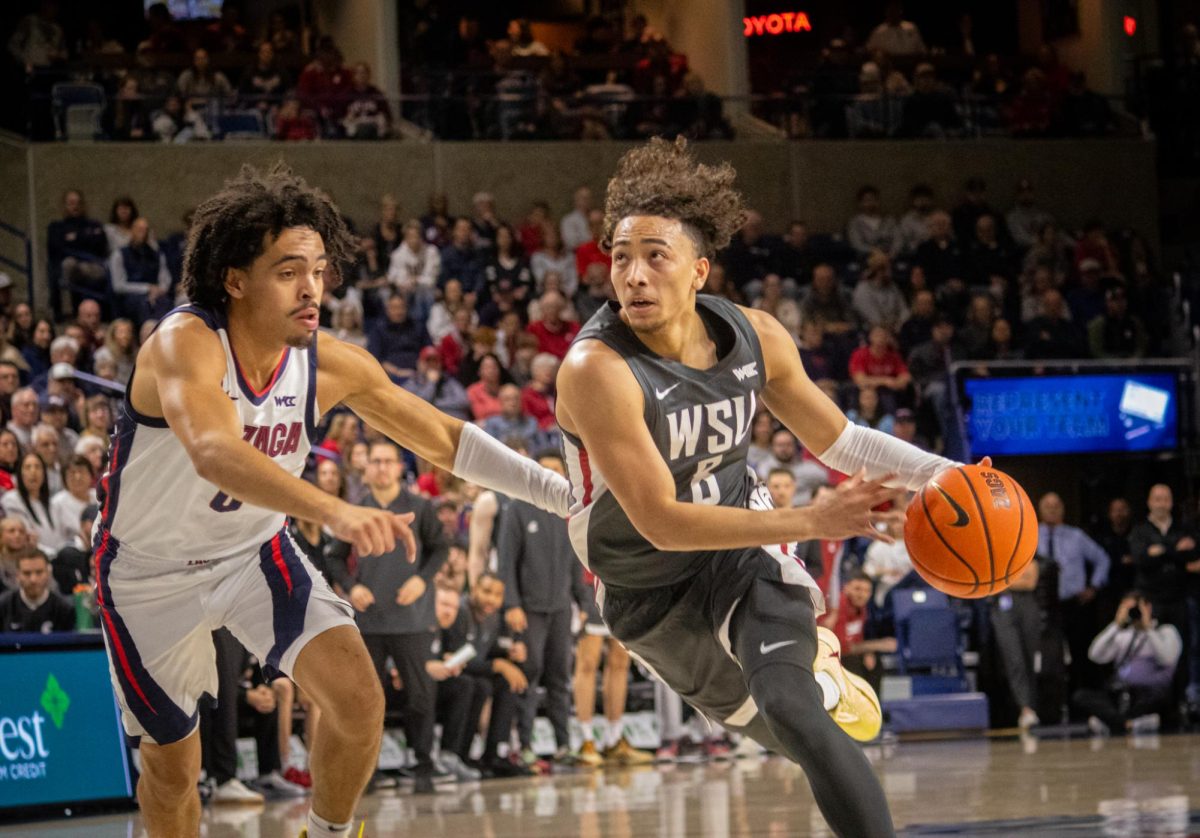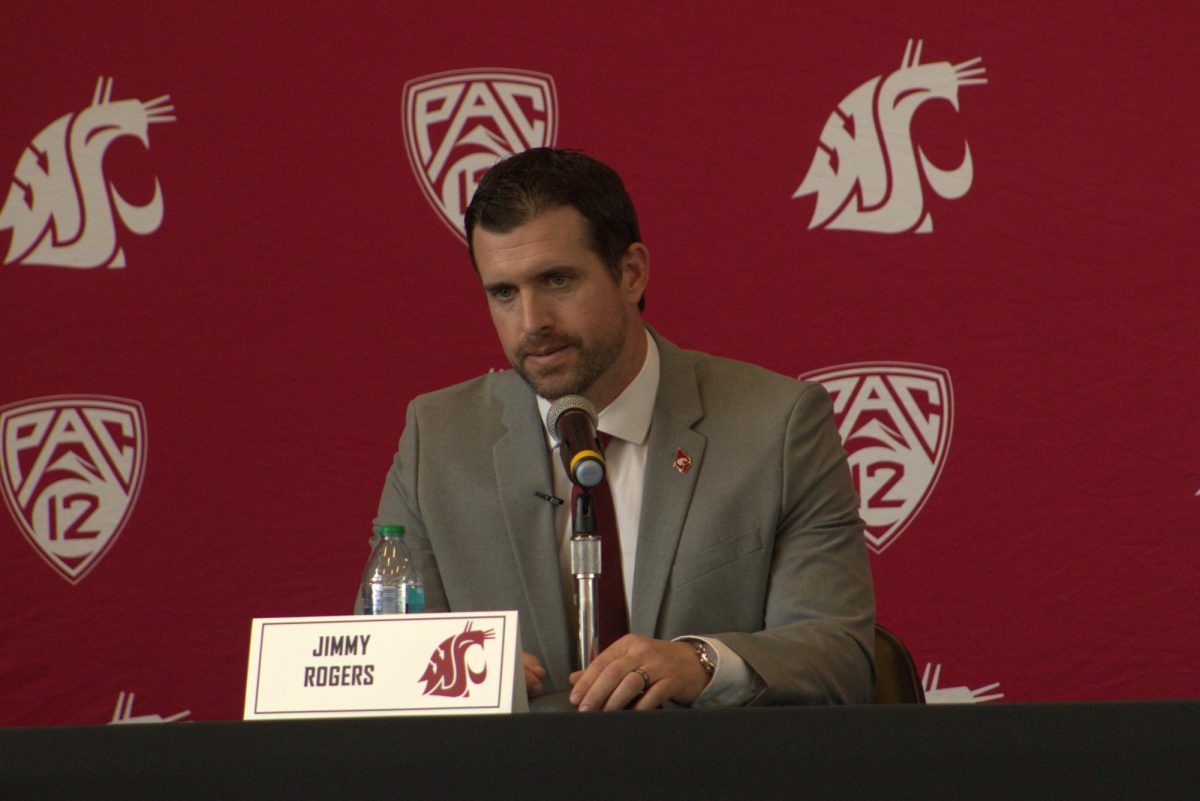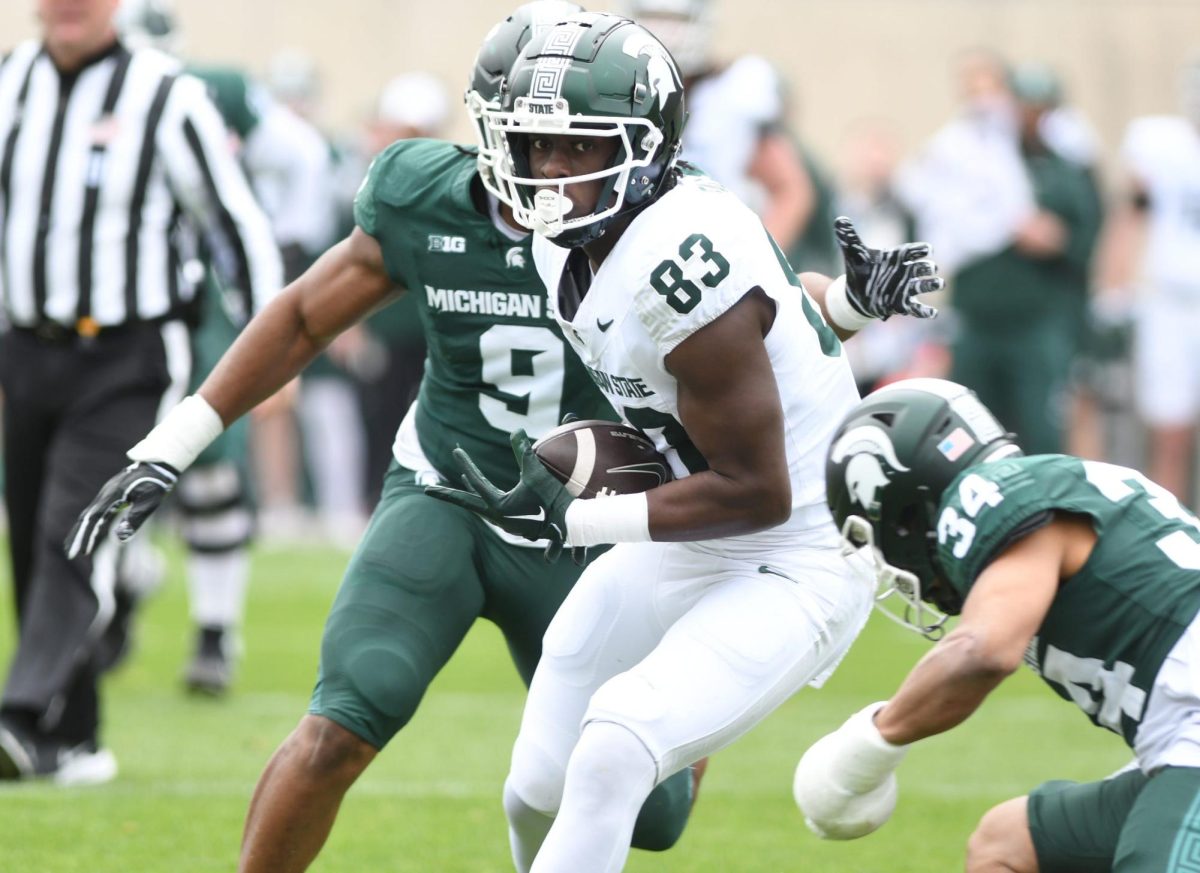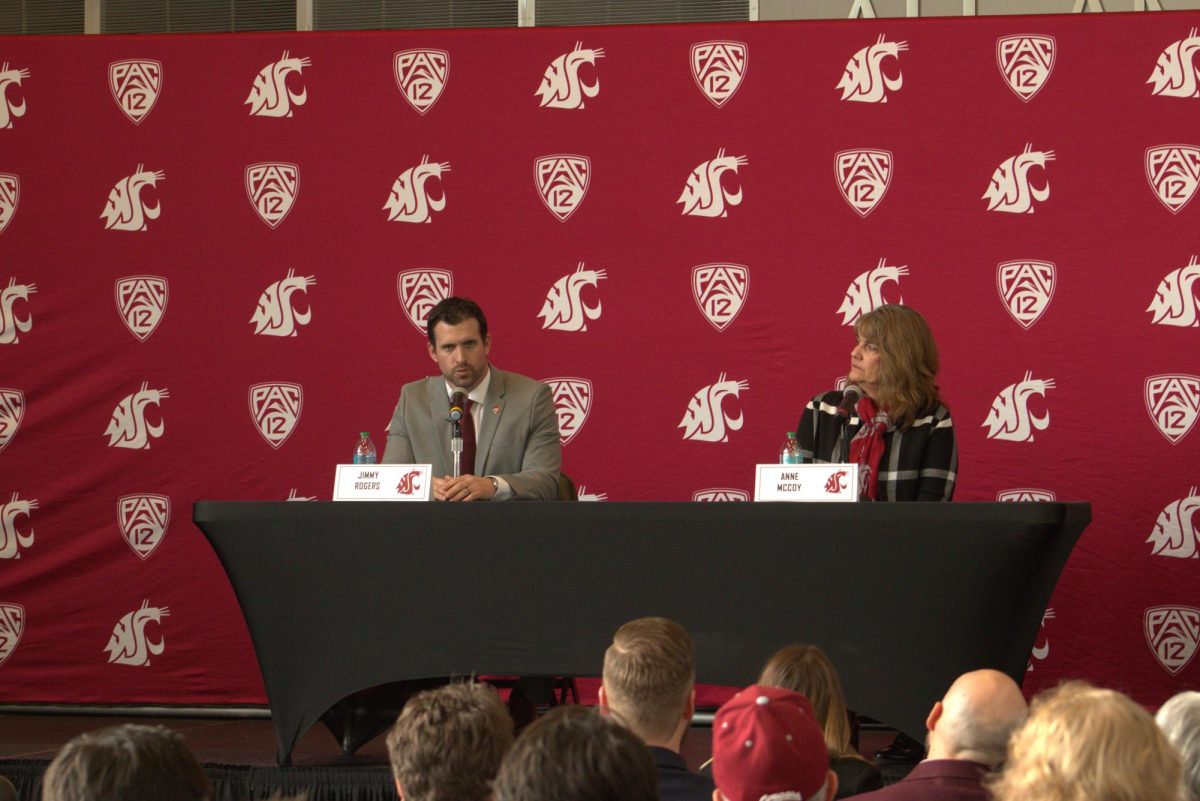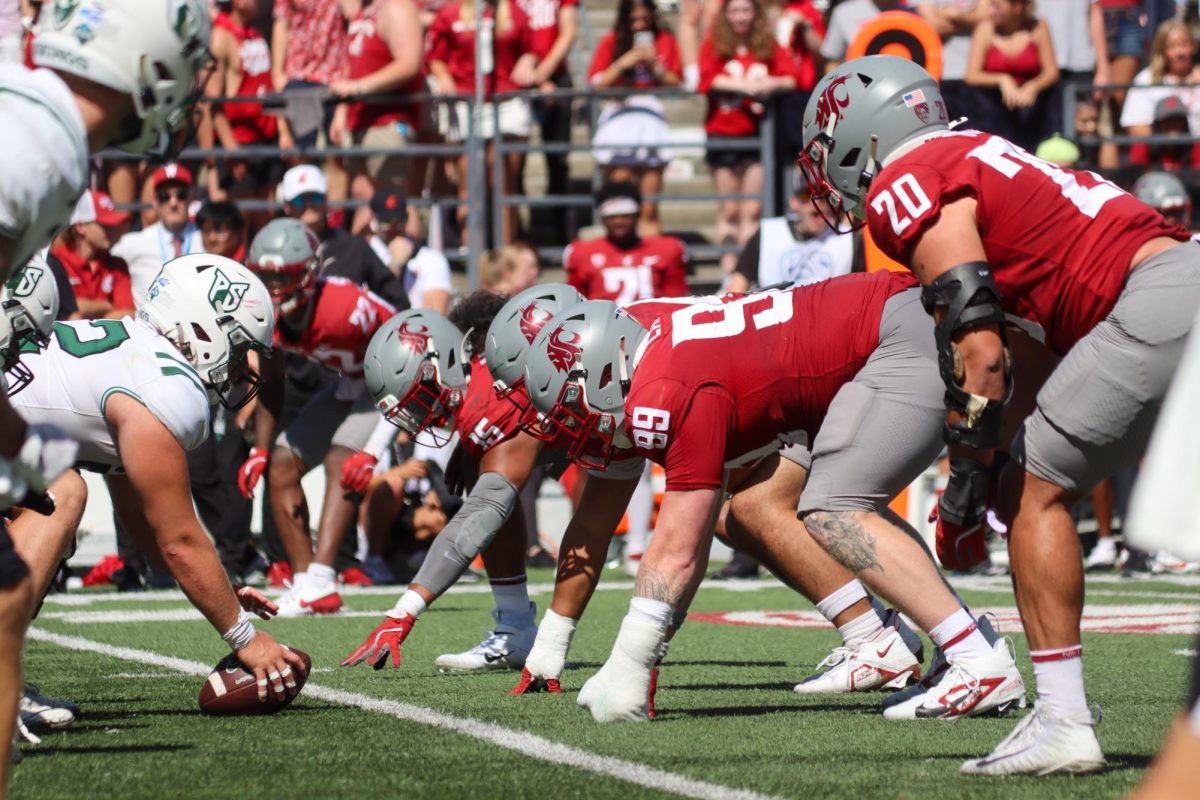NCAA conference realignment is leading to a looming legal battle between the Pac-12 and Mountain West, and UNLV could hold the future of both conferences in its pending decision.
After securing an agreement with Utah State on Sept. 23, the Pac-12 has seven members for the 2026 season and beyond. However, that leaves them one member short of the required eight members to make the Pac-12 eligible for a college football playoff spot.
The current Pac-12 consists of longtime members Washington State and Oregon State, as well as former Mountain West schools Colorado State, Utah State, San Diego State, Boise State and Fresno State. However, the state of the Pac-12 remains unstable after its offers to Memphis, Tulane, South Florida and Texas-San Antonio were rejected. Those schools affirmed on Sept. 23 that they will remain with the AAC instead of paying the roughly $10 million exit fee to join the Pac-12, a fee that the Pac-12 would commit to paying only 20% of.
Gonzaga and Air Force were also rumored to join the Pac-12, though talks appear to have fallen through. Air Force is now linked to the AAC, while Gonzaga’s Athletic Director Chris Standiford shot down rumors that Gonzaga was leaving the WCC, saying it was “not accurate reporting.”
That leaves the Pac-12 at seven, with more than two-thirds of its members being directly poached from the Mountain West, and that has left a sore taste in the mouth of Mountain West Commissioner Gloria Nevarez.
Nevarez and the MW released a statement calling out the Pac-12 for breaking the provisions of their scheduling agreement, which stated that the Pac-12 could not poach MW schools without paying a hefty price.
“The Pac-12 has taken advantage of our willingness to help them and enter into a scheduling agreement with full acknowledgment and legal understanding of their obligations,” the statement read.
Meanwhile, the Pac-12 has filed a lawsuit, claiming the poaching penalty is an antitrust violation and therefore should be unenforceable. If they do not win the lawsuit, they will be responsible for over $100 million in poaching penalty fees, which would certainly burden the rebuilding conference in its efforts to regain Power 5 status and secure a media deal for the 2026 season.
Meanwhile, the University of Nevada Las Vegas (UNLV) remains undecided over whether they will accept the Pac-12’s offer, and there are numerous factors in play. UNLV’s football program is off to a hot start in 2024, with two Power-4 wins and an undefeated record. They also offer a major media market, making them an attractive choice to join the Pac-12.
Currently, UNLV is one of the seven remaining Mountain West schools, alongside Wyoming, Hawaii, Nevada, New Mexico, San Jose State and Air Force (Colorado College is also a member of the MW, but does not have a football team and therefore holds little power in the conference).
UNLV would likely benefit from joining the Pac-12, where they will get to face more quality opponents and gain more media attention. But again, exit fees and poaching fees come into play, and UNLV may decide to remain with the Mountain West. Further, UNLV could have its sights set on the Big 12. It’s possible they feel their best strategy to secure a Big 12 spot is to stay with MW, where they would immediately become the top program in the absence of Boise State, and could dominate the field. If their long-term plan is to join the Big 12, waiting it out in the MW also makes more sense financially.
On the other hand, if UNLV waits too long to leave the MW, and the Big 12 does not come calling, its current momentum could fade. In an era where both players and coaches are always looking to transfer to a better program, UNLV may be wise to take advantage of its current upward trajectory and not risk getting left behind and stuck in the MW.
If they do choose to stick with the MW, it would leave both the Pac-12 and MW with seven schools, meaning neither would qualify for a CFP spot. The possibility of recruiting teams from the Big Sky remains an option for both conferences, but that would be contingent upon those schools taking the jump from FCS to FBS, and it’s unclear if FCS powerhouse schools like Montana, Montana State, North Dakota State and South Dakota State are interested in taking that leap up.
If UNLV does join the Pac-12, it would give the Pac-12 eight members, but would leave the MW with only six, and could likely lead to Air Force jumping ship. Reports indicated that Air Force and UNLV would have signed an agreement to remain with the MW had Utah State also agreed, but if UNLV defects, reports indicate Air Force could also reconsider.
By that point, only five schools would remain with the MW, and the possibility of dissolving the conference entirely could come into play. If the Pac-12 is willing to invite two more MW schools, it would effectively dissolve the MW. While that might water down the Pac-12’s argument to become a Power conference, it would also eliminate the poaching fees, as well as the impending legal fees they will have to pay to settle current lawsuits.
If, however, UNLV does not join the Pac-12, then the league will be left with very limited options moving forward. Texas State could be the eighth member, or the conference could turn to the Big Sky. WCC schools like Gonzaga and Saint Mary’s might also remain in play, but as neither school offers a football program, it would not help the Pac-12 in their goal of becoming CFP eligible in 2026.
The future remains clouded, and the key will likely be UNLV. Their decision could set into motion the end of the MW, or send the Pac-12 back to the drawing board.


